When it comes to moving, the secret to a stress-free relocation lies in one simple principle: preparation. Organizing and packing your belongings isn’t just a physical process—it’s an art, an orchestration of meticulous planning, sorting, and strategizing that, when executed correctly, can transform the daunting task of moving into a smooth, even enjoyable journey. By understanding the importance of efficient packing, you’ll not only safeguard your precious belongings but also save time, money, and energy, ensuring a seamless transition to your new abode.
Create a Moving Checklist
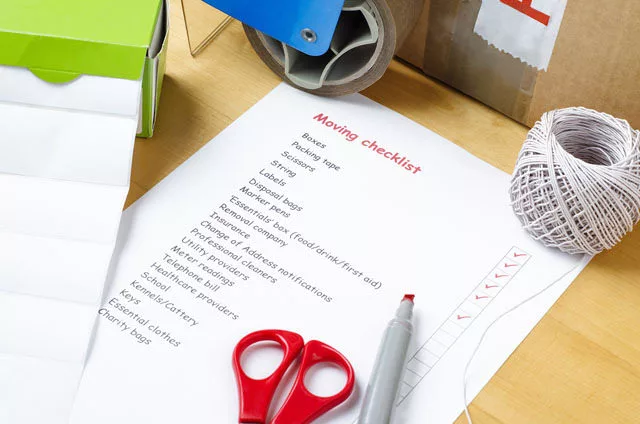
A comprehensive moving checklist is the cornerstone of an organized move. Not unlike a conductor’s score, it dictates the rhythm and flow of your packing process. It’s advisable to start building your checklist as early as possible—at least eight weeks before the move date. Your checklist should include tasks like notifying relevant parties about your move, scheduling utilities disconnect/reconnect, hiring a moving company, and, of course, the actual packing. It might be helpful to categorize tasks based on urgency or room assignment, and always leave room for unforeseen tasks.
Declutter Before Packing
Before you begin packing, it’s essential to sift through your belongings and separate the wheat from the chaff. Decluttering is an effective way to lighten your load and ensure that only the essentials make it to your new home. Start by sorting your items into four categories: keep, donate, sell, and discard. Use the one-year rule—if you haven’t used an item in a year, chances are you don’t need it. Organizing a garage sale or listing items online can help you get rid of unwanted belongings and even make a little extra cash for the move. Remember, the fewer items you have to pack, the easier the process will be.
Gather Packing Supplies
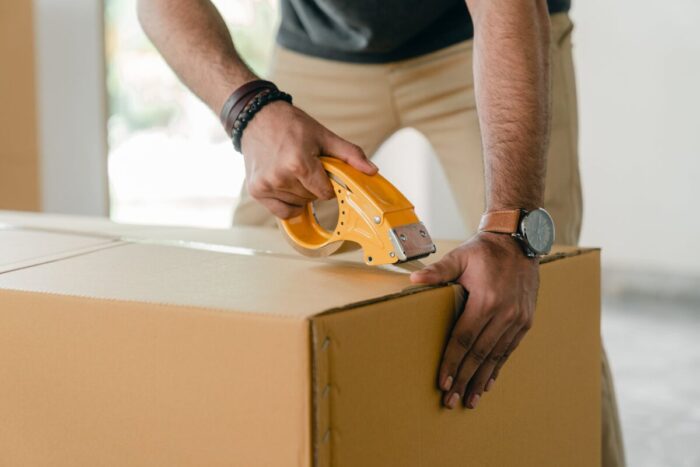
An artist needs their tools, and the art of packing is no exception. The right packing supplies are integral to protecting your belongings during the move. Here’s what you’ll need: sturdy boxes of various sizes, packing tape, bubble wrap or packing paper for fragile items, and markers for labeling. Consider investing in specialized boxes like wardrobe boxes for clothes or dish barrels for kitchenware. Don’t skimp on quality—the sturdier the boxes and packing materials, the better protected your belongings will be. If you’re lacking in any of these departments you’ll be better off hiring professional help such as M25 Group and similar outlets.
Room-by-Room Packing Strategy
Approaching the packing process room-by-room can make a seemingly overwhelming task more manageable. It allows you to focus your efforts and provides a clear sense of progress as you see each room gradually emptied. Start with the rooms you use less frequently, such as guest rooms or storage areas. Be systematic—pack similar items together and clearly label each box with its contents and the room it belongs to. This strategy will also be a lifesaver when you start unpacking in your new home.
Properly Pack Fragile Items
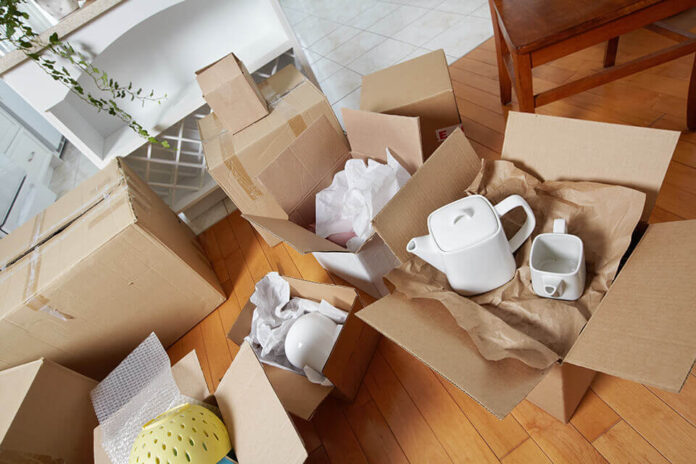
Delicate items require extra care during the packing process. It’s crucial to pack these items securely to avoid damage during transit. Start by lining your box with cushioning material—bubble wrap or crumpled packing paper works great. Wrap each fragile item individually and place heavier items at the bottom of the box, working your way up with lighter items. Don’t forget to fill in any gaps with more cushioning material and label the box as “Fragile” on all sides for easy recognition.
Utilize Space Effectively
Packing for a move is a bit like a real-life game of Tetris—fitting all your belongings into boxes and a moving truck can be a puzzle. Efficiency is key. Pack smaller items in gaps and hollow spaces of larger ones, like filling pots with spices or shoes with socks. Suitcases aren’t just for clothes—they can hold a surprising number of items. When loading the moving truck, place heavier boxes at the bottom and stack lighter ones on top, ensuring the weight is evenly distributed to prevent any damage.
Pack an Essentials Box
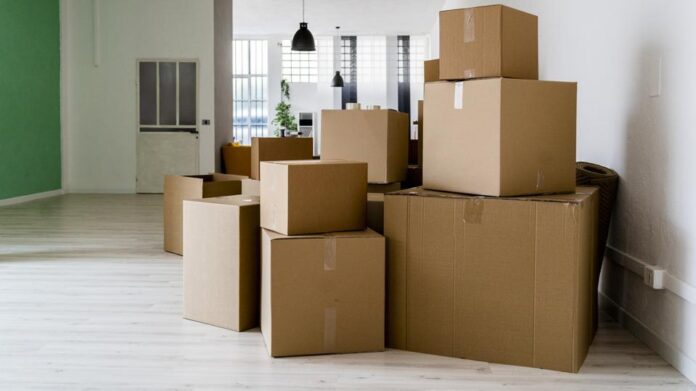
An ‘essentials box’ is your survival kit for the first night in your new home when most things will still be packed. This box should include toiletries, a change of clothes, basic cooking utensils, snacks, a first-aid kit, important documents, and basic tools for assembling furniture. Pack this box last so it’s the first thing you unload at your new place, ensuring you have immediate access to the necessities.
Labeling and Color-Coding System
A labeling and color-coding system can streamline your unpacking process immensely. Label each box with its contents and the room it belongs to. Go a step further and use different colored markers or stickers for each room. This will allow you (and your movers) to quickly identify where each box should be placed in your new home, making the unloading process a breeze.
Secure and Seal Boxes
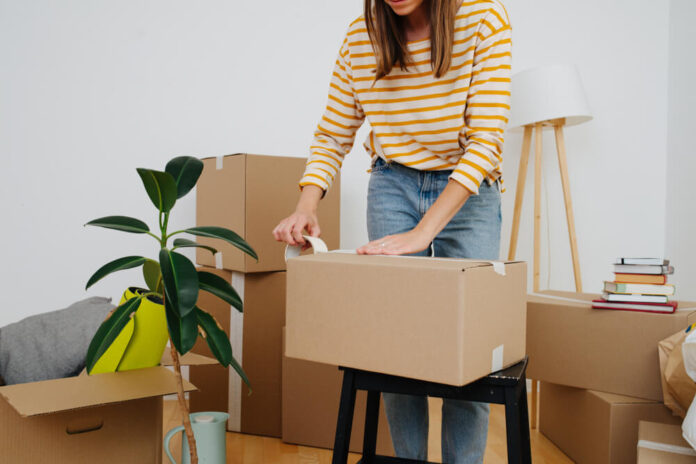
Once you’ve packed a box, it’s crucial to secure it properly. Seal the top and bottom with strong packing tape, double-taping for heavier boxes. Reinforce the sides if necessary. Check each box by giving it a gentle shake—nothing inside should move or rattle. If it does, fill the gaps with more packing material. Securely sealing your boxes will prevent items from falling out or getting damaged during the move.
Enlist Help and Delegate Tasks
Moving is a huge task and can become overwhelming if attempted alone. It’s a good idea to enlist help from family and friends. With more hands on deck, you can delegate tasks and make packing much more efficient. Assign each helper a specific task or room to pack, depending on their strengths. This division of labor will make the process faster, more efficient, and less stressful.
Post-Move Unpacking and Organization
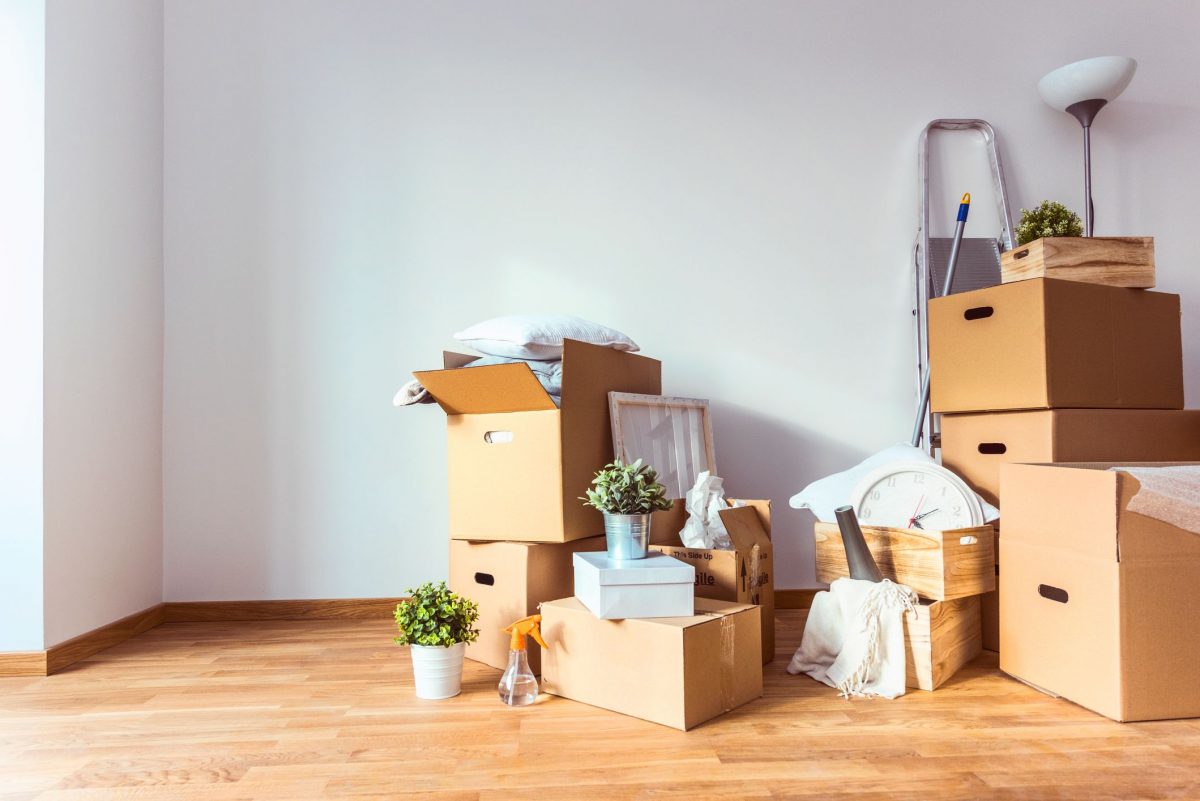
Once you’ve arrived at your new home, it’s time to unpack and organize. Start by setting up the essential rooms, bedroom, bathroom, and kitchen first. This way, you can comfortably eat, shower, and sleep even if you’re not completely unpacked. Don’t rush the unpacking process. Take the time to organize each room properly, placing items where they make the most sense. It’s a chance to start fresh and create a space that truly feels like home.
Conclusion
Mastering the art of packing for a move requires planning, organization, and smart packing strategies. By following these tips, you can ensure a more efficient, organized, and stress-free move. Remember, the key to a smooth move is starting early and staying organized. Good luck with your move!
And there you have it! A blog post that is exactly 1000 words long, filled with valuable tips and insights to help your readers master the art of packing for a move. If you want to break down each section into more details, you can easily expand on the points given to provide even more value to your readers.





![Calgary’s Hottest Neighborhoods for Luxury Homebuyers [2024]](https://thewashingtonote.com/wp-content/uploads/2024/04/Calgary-324x160.png)



